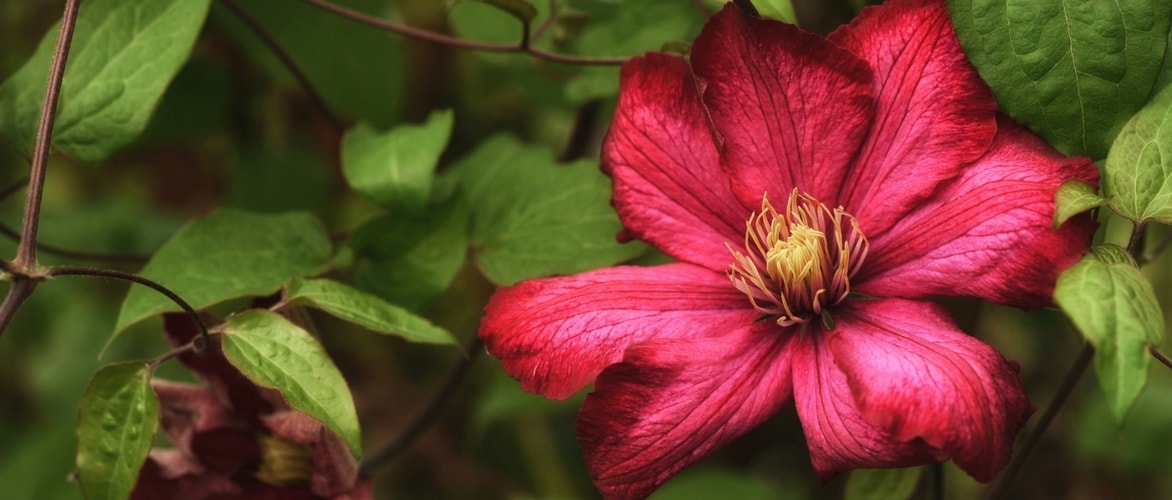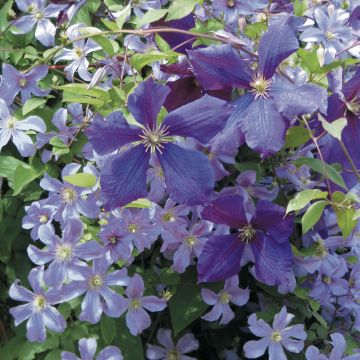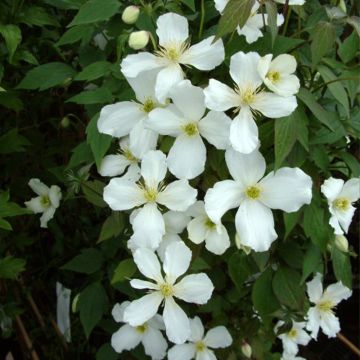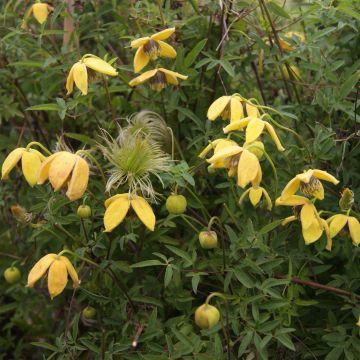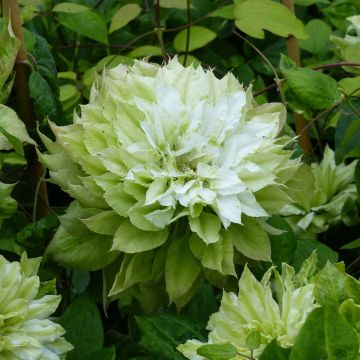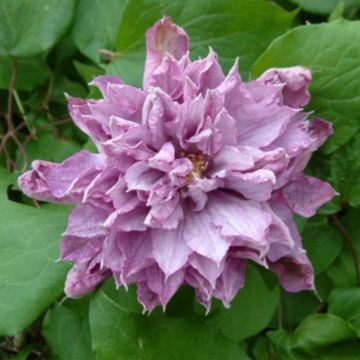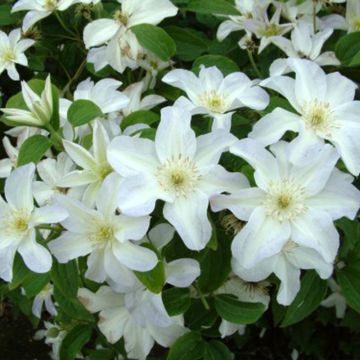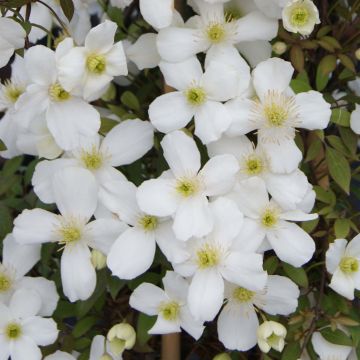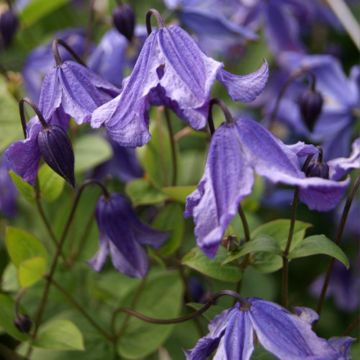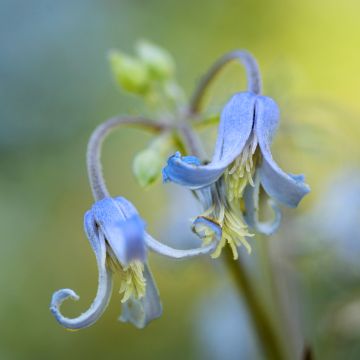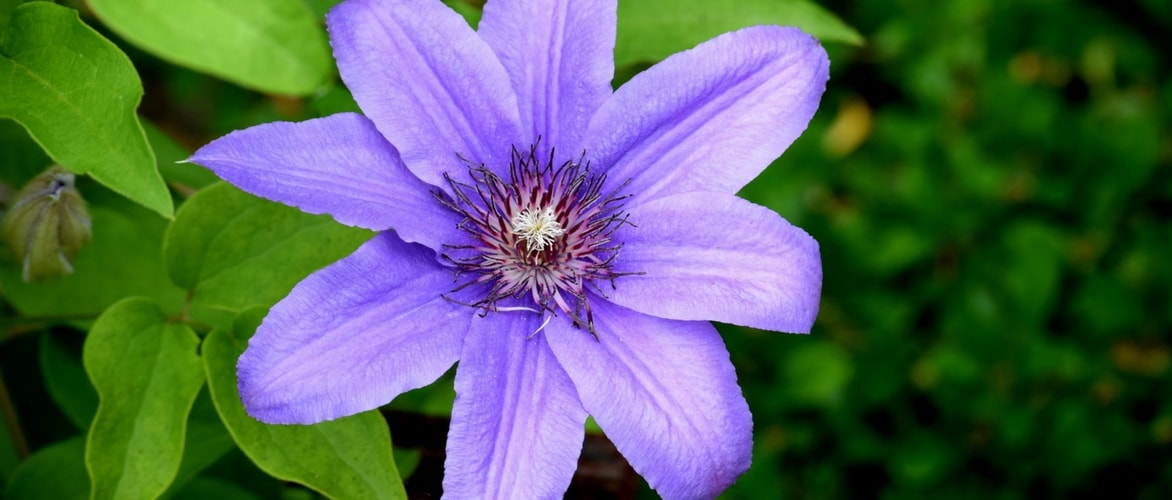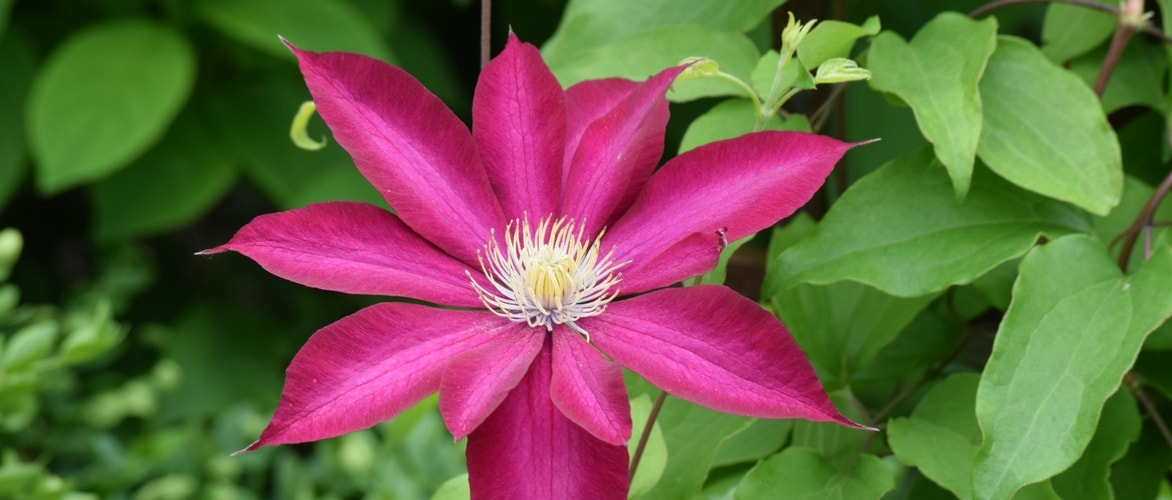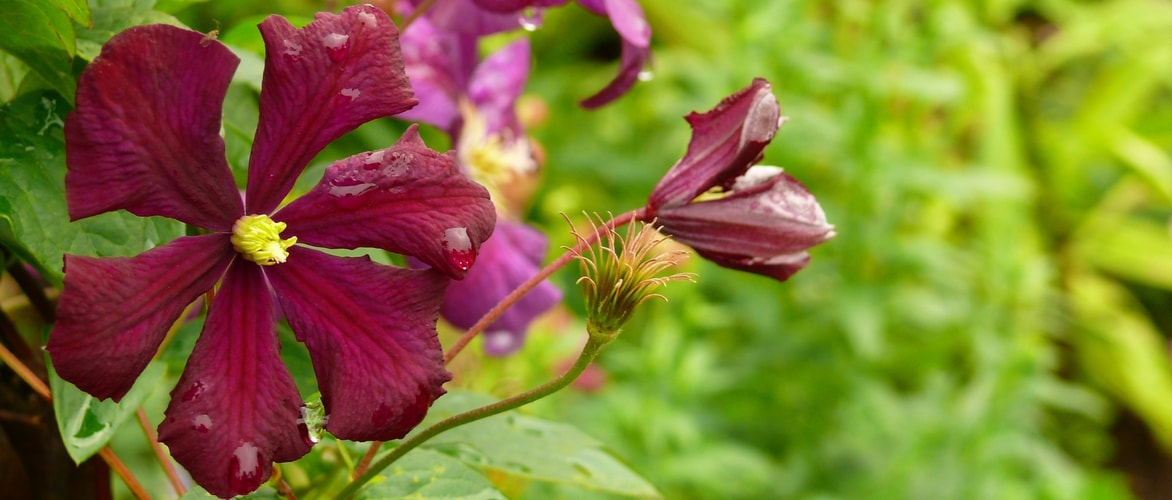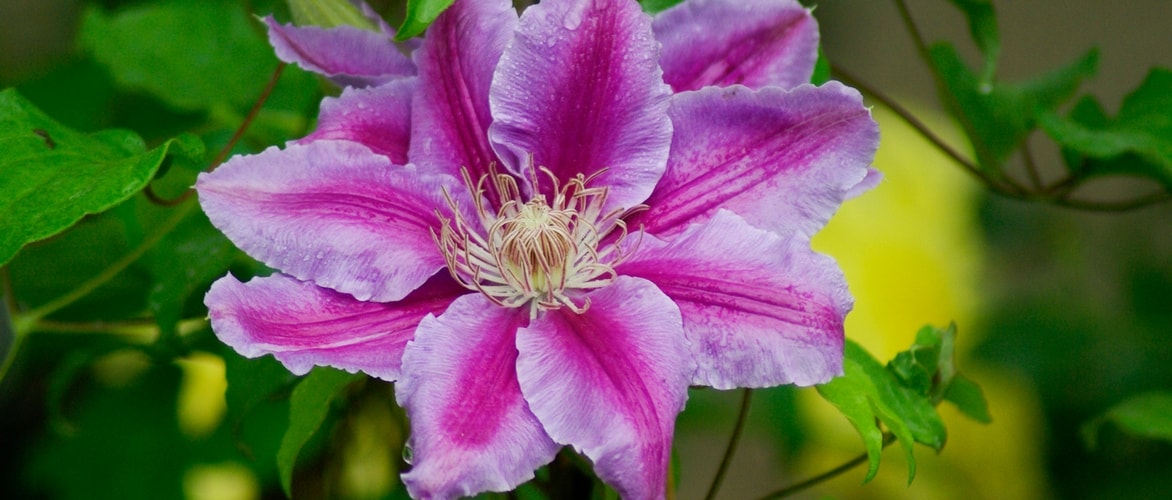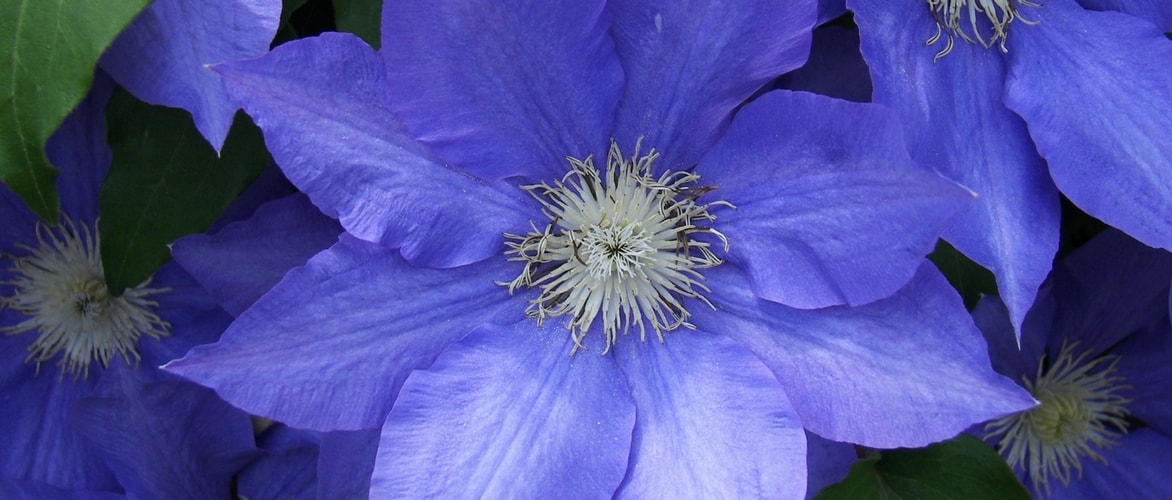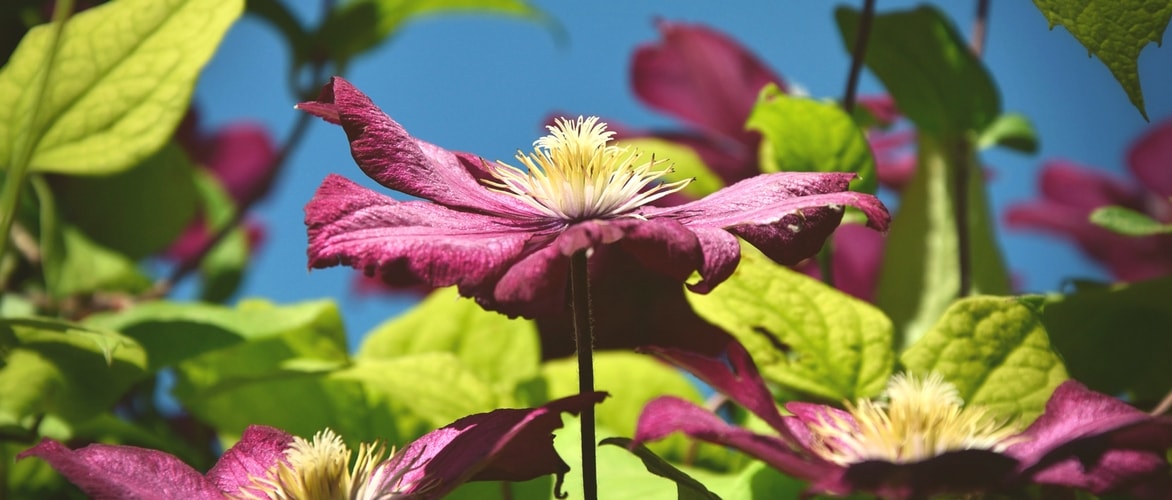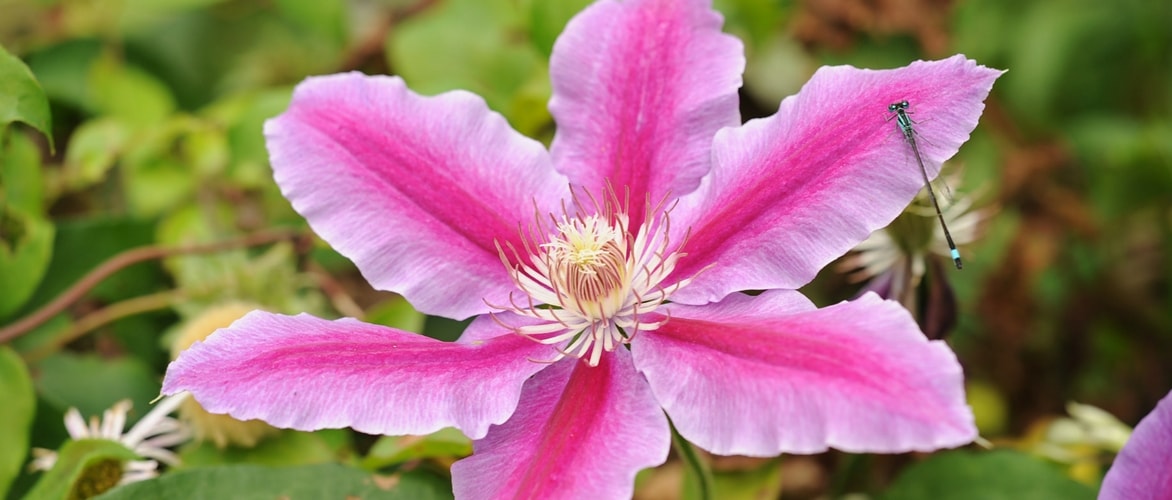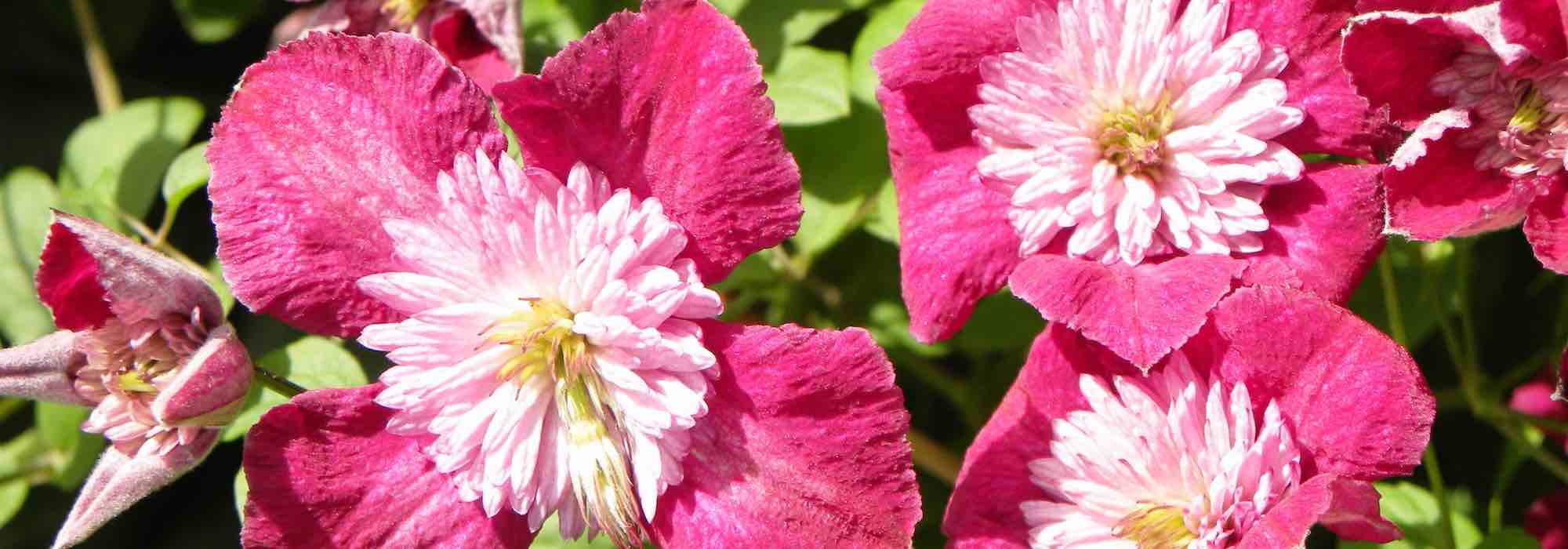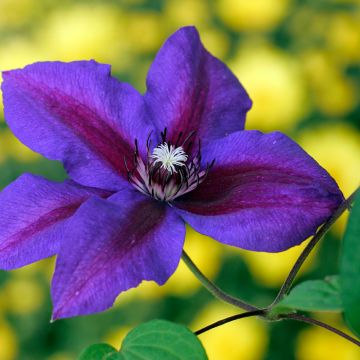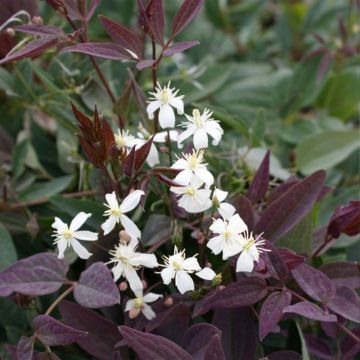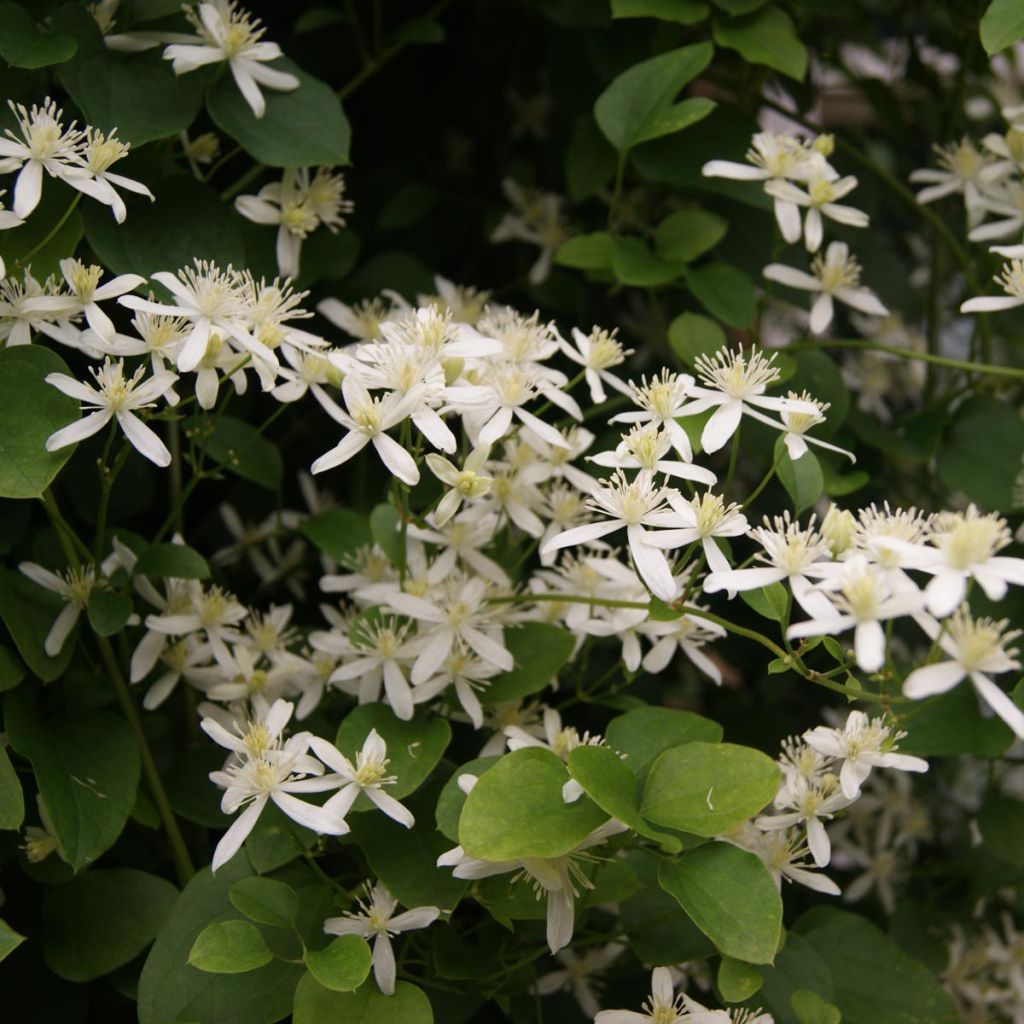

Clématite terniflora - Clématis - Clématite d'automne
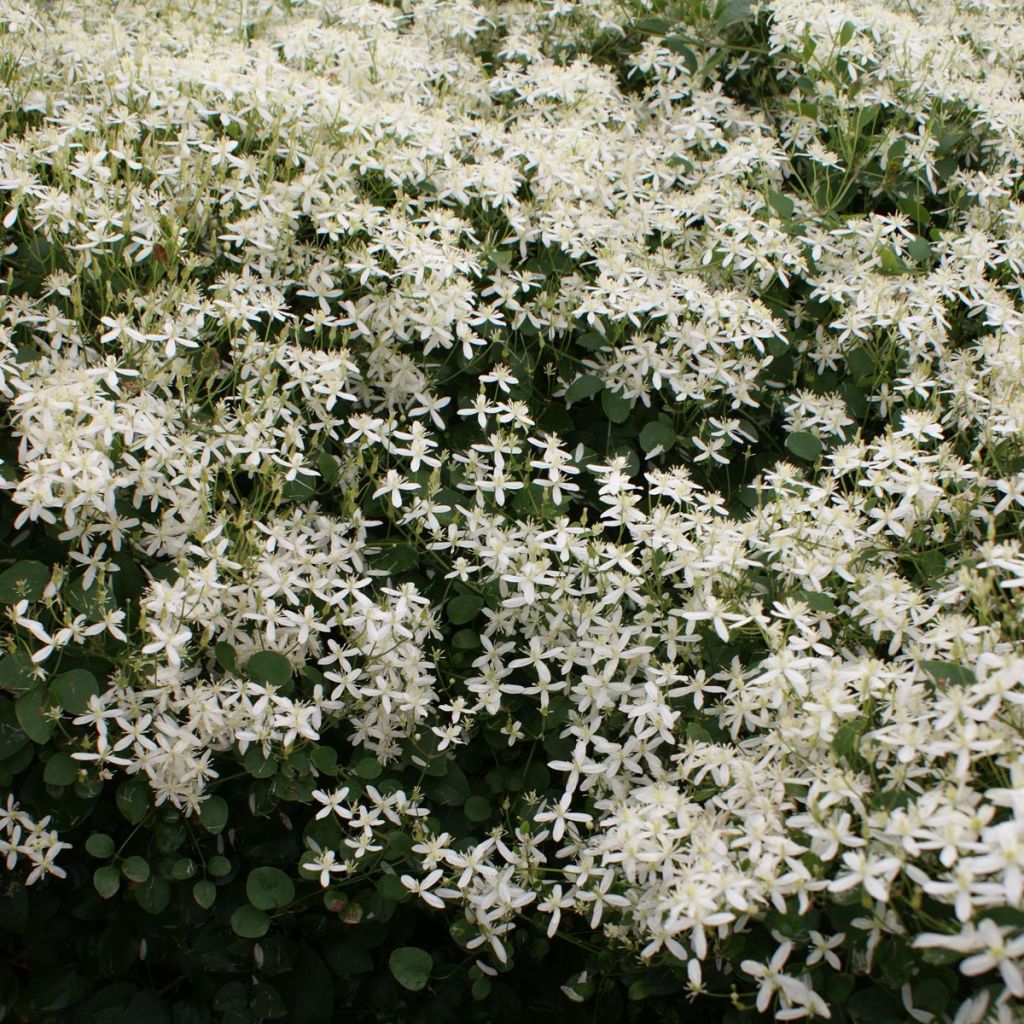

Clématite terniflora - Clématis - Clématite d'automne
Clematis terniflora
Clematis flammula terniflora
Sweet autumn clematis, Fragrant Clematis
Absolutely gorgeous, very floriferous and vigorous to date.
Fred, 07/03/2025
Special offer!
Receive a €20 voucher for any order over €90 (excluding delivery costs, credit notes, and plastic-free options)!
1- Add your favorite plants to your cart.
2- Once you have reached €90, confirm your order (you can even choose the delivery date!).
3- As soon as your order is shipped, you will receive an email containing your voucher code, valid for 3 months (90 days).
Your voucher is unique and can only be used once, for any order with a minimum value of €20, excluding delivery costs.
Can be combined with other current offers, non-divisible and non-refundable.
Home or relay delivery (depending on size and destination)
Schedule delivery date,
and select date in basket
This plant carries a 6 months recovery warranty
More information
We guarantee the quality of our plants for a full growing cycle, and will replace at our expense any plant that fails to recover under normal climatic and planting conditions.
Does this plant fit my garden?
Set up your Plantfit profile →
Description
Clematis terniflora is a robust species, with exuberant vegetation and airy flowers It displays countless small star-shaped, pure white flowers, often with purple edges. The highly fragrant flowering occurs from late summer until autumn, even until the frosts. Its semi-evergreen, shiny green foliage is sometimes silver-striped and disappears under a fragrant and buzzing cloud of bees. After the flowers, it has feathery and silver seed heads which persist through winter. Very hardy and vigorous, it is best suited for large spaces and perfect for covering unsightly structures. This species is particularly drought-resistant once well-established.
The Clematis genus belongs to the Ranunculaceae family. The botanical species terniflora is native to Southeast Asia, including Korea and Japan. It is a climbing plant with twining stems, particularly vigorous and floriferous. It belongs to the group of clematis that flower until autumn on the current year's shoots. It forms a dense bush that can reach 7 metres (23 feet) in all directions, with rapid growth. The main stem can measure up to 8 cm (3in) wide on a mature plant. It starts flowering in late summer and continues until October-November, often stopped only by frost. The inflorescences are panicles of white flowers with 4 petals and prominent stamens, measuring 3 cm (1in) in diameter, highly fragrant and nectar-rich. The flowers are followed by very decorative, feathery, silver, and silky seed heads. The semi-evergreen foliage is composed of tough, dark green, glossy leaves, sometimes striped with silver.
Clematis terniflora is so vigorous that it competes with climbing vines to cover unsightly buildings, dead trees, or unattractive fences. Plant your clematis on both sides of the support to be covered. Its late flowering will blend well with the purplish foliage of dyer's grape and will take over from the fragrant clusters of climbing roses. This clematis will bloom in semi-shade and smother weeds on the edge of undergrowth or near abandoned walls. It requires space but very little maintenance and is easy to grow in the sun, in fertile and well-drained soil.
Clematis terniflora in pictures
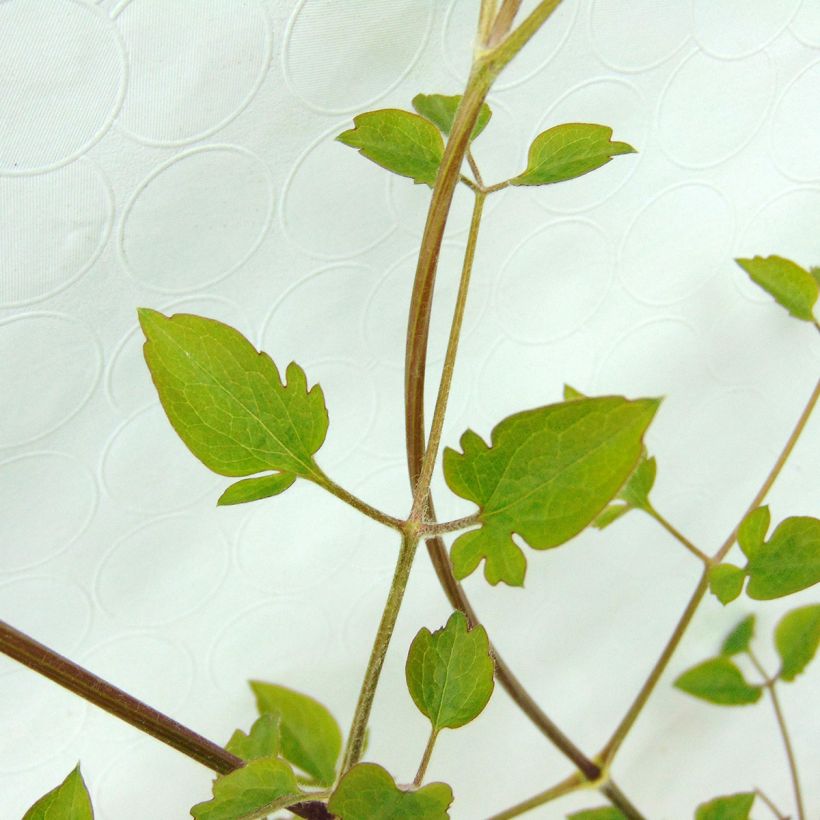

Plant habit
Flowering
Foliage
Botanical data
Clematis
flammula
terniflora
Ranunculaceae
Sweet autumn clematis, Fragrant Clematis
Southeast Asia
Other Clematis A to Z
View all →Planting and care
Clematis ternifolia tolerates hot climates and dry summers quite well, unlike Montana. It will also like the dappled shade of a deciduous tree in the summer. Plant it in a fertile, humus-bearing, well-drained soil, shading the roots and base of the stem (with a flat tile, for example). Clematis can wilt in overly wet soil. Plant it by covering the root ball with 3 cm (1in) of soil, in a soil worked to a depth of 20 cm (8in), lightened with good compost and coarse sand. After planting, cut back the stems of the clematis to about 30 cm (12in) from the base above a healthy pair of buds. Water regularly during the first few weeks, but be careful not to let water stagnate, as this can cause a fungus to develop at the collar. Mulch all clematis in February with garden compost or well-rotted manure, avoiding direct contact with the stems. Train the stems, without crushing them, until the plant grips itself. Clematis also like to grow freely on neighbouring plants. After a few years, cover the base of your climbing clematis with a small mound of soil, to reduce the risk of clematis wilt while promoting vigorous shoots from the crown. Voles and caterpillars can attack clematis and devour the stems. Aphids and greenhouse whiteflies are also potential pests.
Planting period
Intended location
Care
Planting & care advice
-
, onOrder confirmed
Reply from on Promesse de fleurs
Similar products
Haven't found what you were looking for?
Hardiness is the lowest winter temperature a plant can endure without suffering serious damage or even dying. However, hardiness is affected by location (a sheltered area, such as a patio), protection (winter cover) and soil type (hardiness is improved by well-drained soil).

Photo Sharing Terms & Conditions
In order to encourage gardeners to interact and share their experiences, Promesse de fleurs offers various media enabling content to be uploaded onto its Site - in particular via the ‘Photo sharing’ module.
The User agrees to refrain from:
- Posting any content that is illegal, prejudicial, insulting, racist, inciteful to hatred, revisionist, contrary to public decency, that infringes on privacy or on the privacy rights of third parties, in particular the publicity rights of persons and goods, intellectual property rights, or the right to privacy.
- Submitting content on behalf of a third party;
- Impersonate the identity of a third party and/or publish any personal information about a third party;
In general, the User undertakes to refrain from any unethical behaviour.
All Content (in particular text, comments, files, images, photos, videos, creative works, etc.), which may be subject to property or intellectual property rights, image or other private rights, shall remain the property of the User, subject to the limited rights granted by the terms of the licence granted by Promesse de fleurs as stated below. Users are at liberty to publish or not to publish such Content on the Site, notably via the ‘Photo Sharing’ facility, and accept that this Content shall be made public and freely accessible, notably on the Internet.
Users further acknowledge, undertake to have ,and guarantee that they hold all necessary rights and permissions to publish such material on the Site, in particular with regard to the legislation in force pertaining to any privacy, property, intellectual property, image, or contractual rights, or rights of any other nature. By publishing such Content on the Site, Users acknowledge accepting full liability as publishers of the Content within the meaning of the law, and grant Promesse de fleurs, free of charge, an inclusive, worldwide licence for the said Content for the entire duration of its publication, including all reproduction, representation, up/downloading, displaying, performing, transmission, and storage rights.
Users also grant permission for their name to be linked to the Content and accept that this link may not always be made available.
By engaging in posting material, Users consent to their Content becoming automatically accessible on the Internet, in particular on other sites and/or blogs and/or web pages of the Promesse de fleurs site, including in particular social pages and the Promesse de fleurs catalogue.
Users may secure the removal of entrusted content free of charge by issuing a simple request via our contact form.
The flowering period indicated on our website applies to countries and regions located in USDA zone 8 (France, the United Kingdom, Ireland, the Netherlands, etc.)
It will vary according to where you live:
- In zones 9 to 10 (Italy, Spain, Greece, etc.), flowering will occur about 2 to 4 weeks earlier.
- In zones 6 to 7 (Germany, Poland, Slovenia, and lower mountainous regions), flowering will be delayed by 2 to 3 weeks.
- In zone 5 (Central Europe, Scandinavia), blooming will be delayed by 3 to 5 weeks.
In temperate climates, pruning of spring-flowering shrubs (forsythia, spireas, etc.) should be done just after flowering.
Pruning of summer-flowering shrubs (Indian Lilac, Perovskia, etc.) can be done in winter or spring.
In cold regions as well as with frost-sensitive plants, avoid pruning too early when severe frosts may still occur.
The planting period indicated on our website applies to countries and regions located in USDA zone 8 (France, United Kingdom, Ireland, Netherlands).
It will vary according to where you live:
- In Mediterranean zones (Marseille, Madrid, Milan, etc.), autumn and winter are the best planting periods.
- In continental zones (Strasbourg, Munich, Vienna, etc.), delay planting by 2 to 3 weeks in spring and bring it forward by 2 to 4 weeks in autumn.
- In mountainous regions (the Alps, Pyrenees, Carpathians, etc.), it is best to plant in late spring (May-June) or late summer (August-September).
The harvesting period indicated on our website applies to countries and regions in USDA zone 8 (France, England, Ireland, the Netherlands).
In colder areas (Scandinavia, Poland, Austria...) fruit and vegetable harvests are likely to be delayed by 3-4 weeks.
In warmer areas (Italy, Spain, Greece, etc.), harvesting will probably take place earlier, depending on weather conditions.
The sowing periods indicated on our website apply to countries and regions within USDA Zone 8 (France, UK, Ireland, Netherlands).
In colder areas (Scandinavia, Poland, Austria...), delay any outdoor sowing by 3-4 weeks, or sow under glass.
In warmer climes (Italy, Spain, Greece, etc.), bring outdoor sowing forward by a few weeks.






























